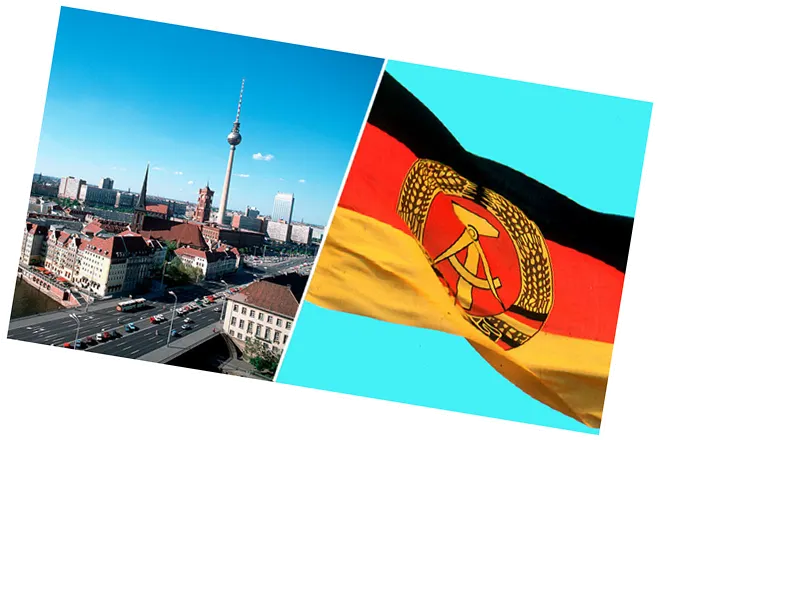The Historical Context of Germany's Division
Following the conclusion of World War II, the future of Germany became a pivotal topic among the leaders of the anti-Hitler coalition. The Tehran Conference in 1943 initiated discussions on how to manage post-war Germany, with various proposals for its division. Ultimately, the idea of creating multiple independent states was abandoned, and instead, the focus shifted to the occupation and governance of Germany by the Allied powers. By December 1946, the process of division began as the United States and Great Britain merged their occupation zones, leading to the formation of Bizonia in 1947, and later Trizone with the inclusion of France. This division laid the groundwork for the eventual establishment of two separate German states: the Federal Republic of Germany (FRG) in the West and the German Democratic Republic (GDR) in the East.
Socio-Economic Achievements and Legacy of the GDR
Despite its reputation, the GDR managed to achieve notable socio-economic successes during its existence. Often referred to as the
the GDR maintained a strong industrial base and offered extensive social services, including quality education and healthcare. The GDR's economy, while state-controlled, allowed for some private enterprise, which contributed to its stability. The social policies implemented by the GDR government, including excellent childcare and education systems, are fondly remembered by many former citizens. However, the systemic crisis within the socialist bloc eventually led to the GDR's integration into the FRG, resulting in significant socio-economic challenges for East Germans, including lower wages and pensions compared to their West German counterparts. Today, nostalgia for the GDR persists among some, reflecting a complex legacy that continues to shape East German identity.





